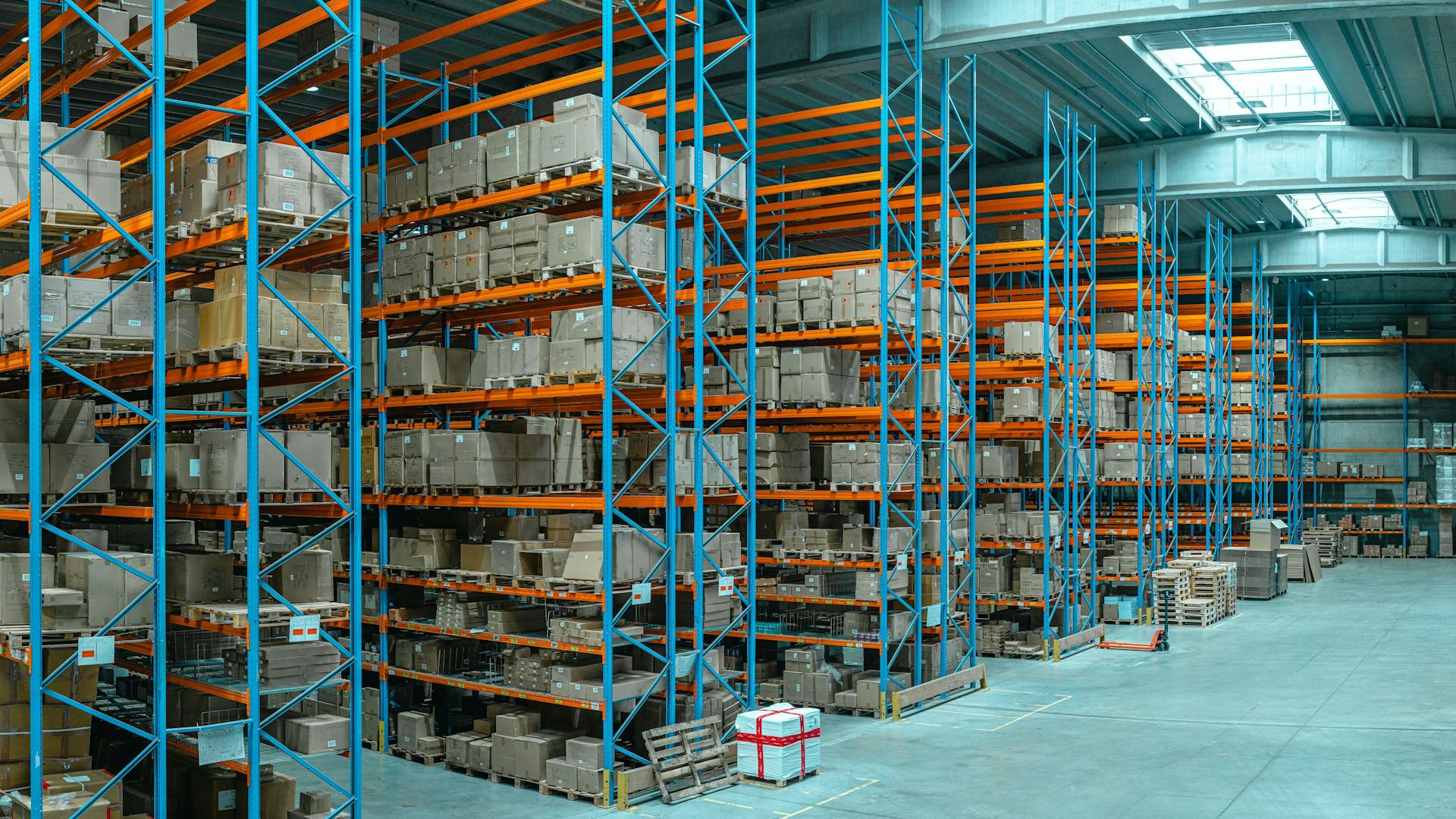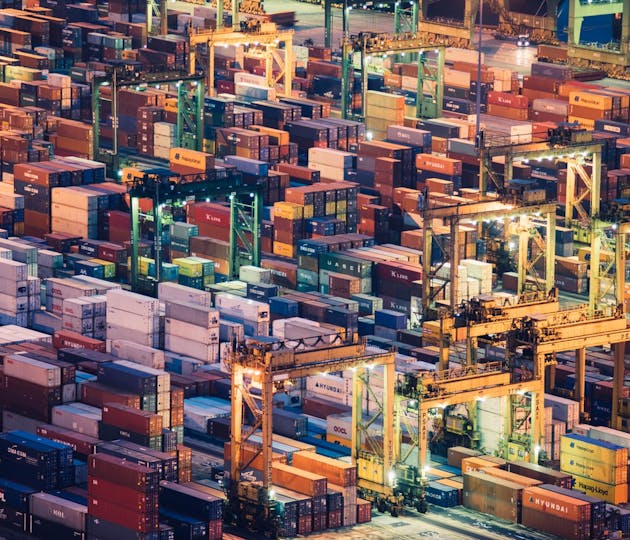Jan 14, 2026 Webinar | Global Supply Chain Architecture: Examining Red Sea’s Evolving Impact - Register Now

3 reasons to invest in end-to-end visibility for Chief Supply Chain Officer
As consumers, we like to know where our things are at any given time. We use apps to track our devices, keys and car; and want to know precisely when our internet orders and online shopping deliveries will arrive.
Supply chain leaders too want - and need - to know where their orders are at any given time to keep manufacturing running, shelves stocked and ensure supplies are safe and sound. Yet, too often, end-to-end multimodal visibility is absent; and too few yet consider it a board-level issue.
This is a major problem. The inability to track items from their point of origin at the farm, factory or warehouse to their final destination, via truck, train, barge, air or sea in real-time presents significant potential risks to both the profits and reputation of a business.
This is, in part, because diversions and delays often occur throughout the chain: perhaps the goods weren’t ready in time, or the truck was delayed leaving its first pick-up point, which in turn means it missed the boat or flight. Only just under a third (30%) of all ocean freight, for example, arrives where it should when it should, which could prove disastrous in the case of seasonal goods or key medical supplies.
“Multimodality is about looking at the supply chain in an holistic manner from the point of view of transportation. If you don’t have that you’re making decisions on only one part of the transport chain which is incomplete and it affects money, planning and resources,” says David Watson, Benelux Sales director at Wakeo.
Knowing there’s a hold-up or problem almost as soon as it occurs gives businesses the best chance to ameliorate the issue.
Limit the major risk of additional costs and upheaval
Beyond everyday challenges, the past two years have demonstrated how ill-prepared businesses are to manage an increasing number of exceptional events such as the conflict in Ukraine, issues in China and Covid-19. Without real-time visibility across an entire logistics chain, locating the passage of items requires multiple calls and emails sent to non-neutral entities whose responses are influenced by the knowledge that you are judging their performance.

Detention and demurrage costs have also become an increasing problem. Companies are now regularly paying additional charges for trucks to collect containers from re-routed destinations, or for loads left in high-priced or inconvenient waiting zones. This typically leads to yet further delays with their onward journey and fines that are an unwelcome shock.
Improve operations with quality data
There are a number of data providers in the market, but not all offer the same level of quality or accuracy.
Wakeo has developed a thorough and verifiable approach to generating best-in-class real-time visibility data. This starts with connecting to, and with, the right sources on the market in order to access both declared data coming from worldwide leaders such as Uniqlo, Air Liquide, Corteva, Faurecia and transport experts - and satellite data. The huge number of data points gathered through the platform provides Wakeo with masses of information with which to study behavioral logistical patterns. It then uses its expertise to confirm or refute these findings.
“This approach allows Wakeo’s system to provide quality data that covers global freight on sea, air, road, rail and barge in more than 180 countries,” says David Watson. “This enables informed decisions and avoids surprises with estimated arrival time (ETA) predictivity levels at 92% ten days before the arrival date.”
With real-time visibility on a single platform across road, rail, air and sea, companies know in advance if there has been a hold-up or a change of route.
Recurrent automated updates help to generate that ETA and delivery location, which, in turn, helps companies to ensure their shipment is in the correct place at the right time. It also gives them advance notice of the need to order additional supplies; the need to deplete existing inventory; and/or make alternative shipping arrangements.
The information provided can even reveal the conditions under which goods were transported, with an ETA enriched with telematics that covers the temperature in transit, weather conditions, and vibrations, which indicates whether goods will arrive in a suitable state.
